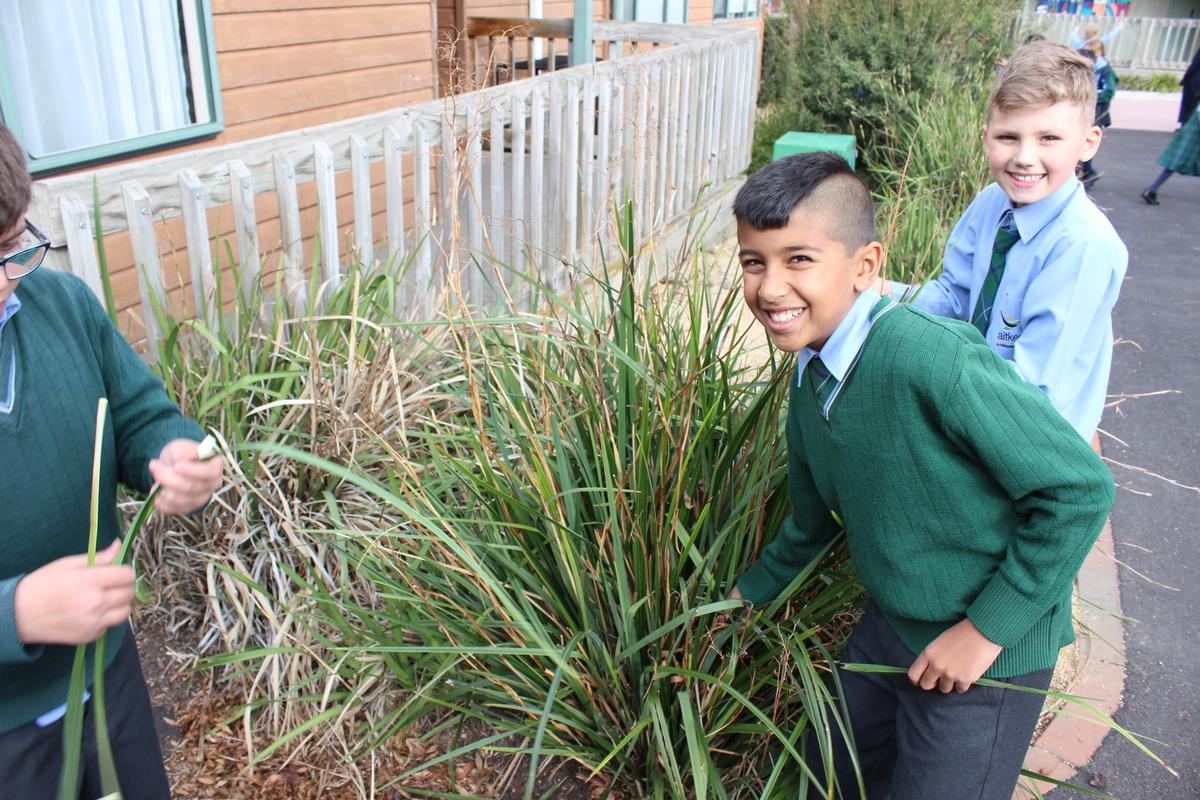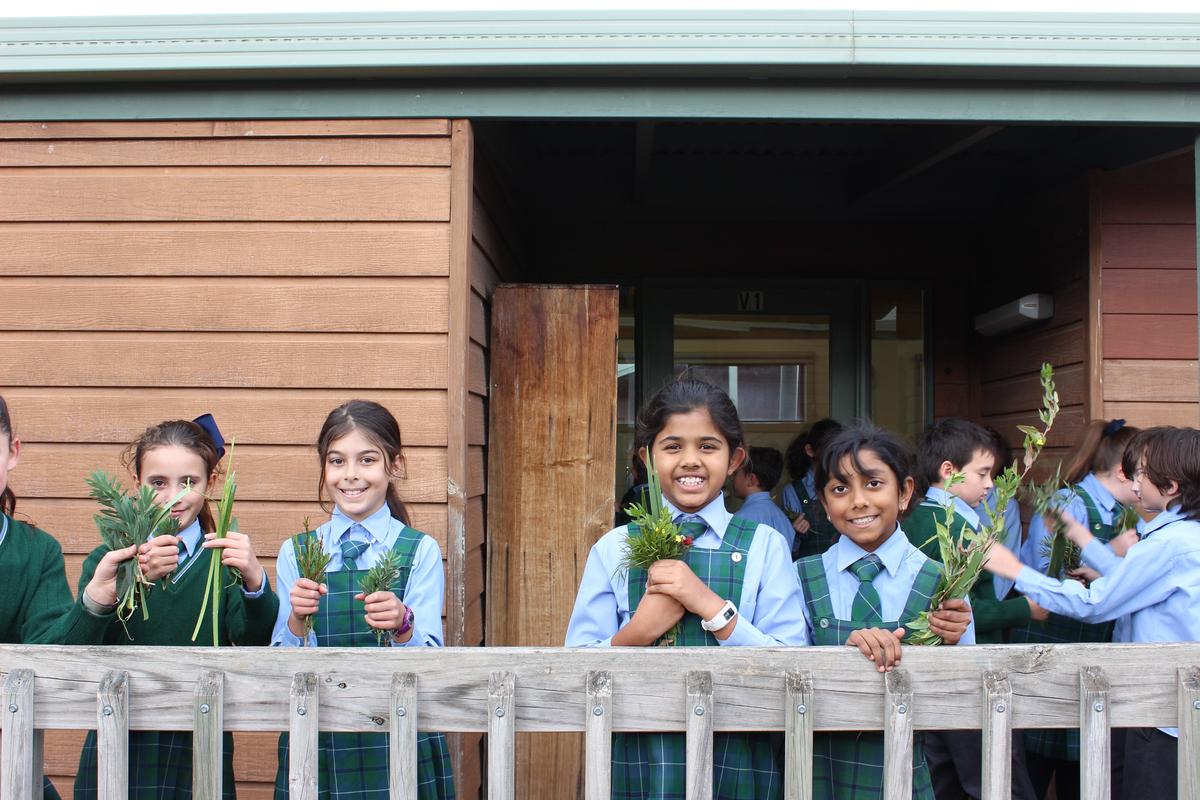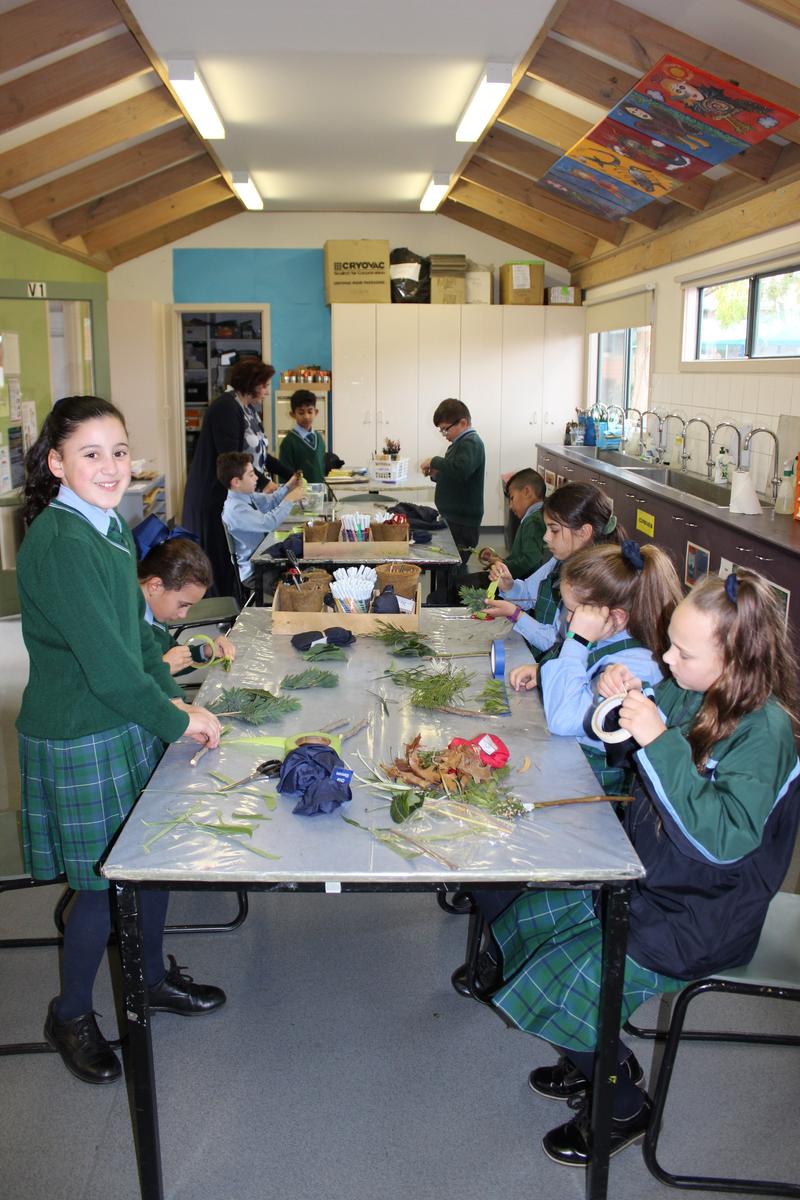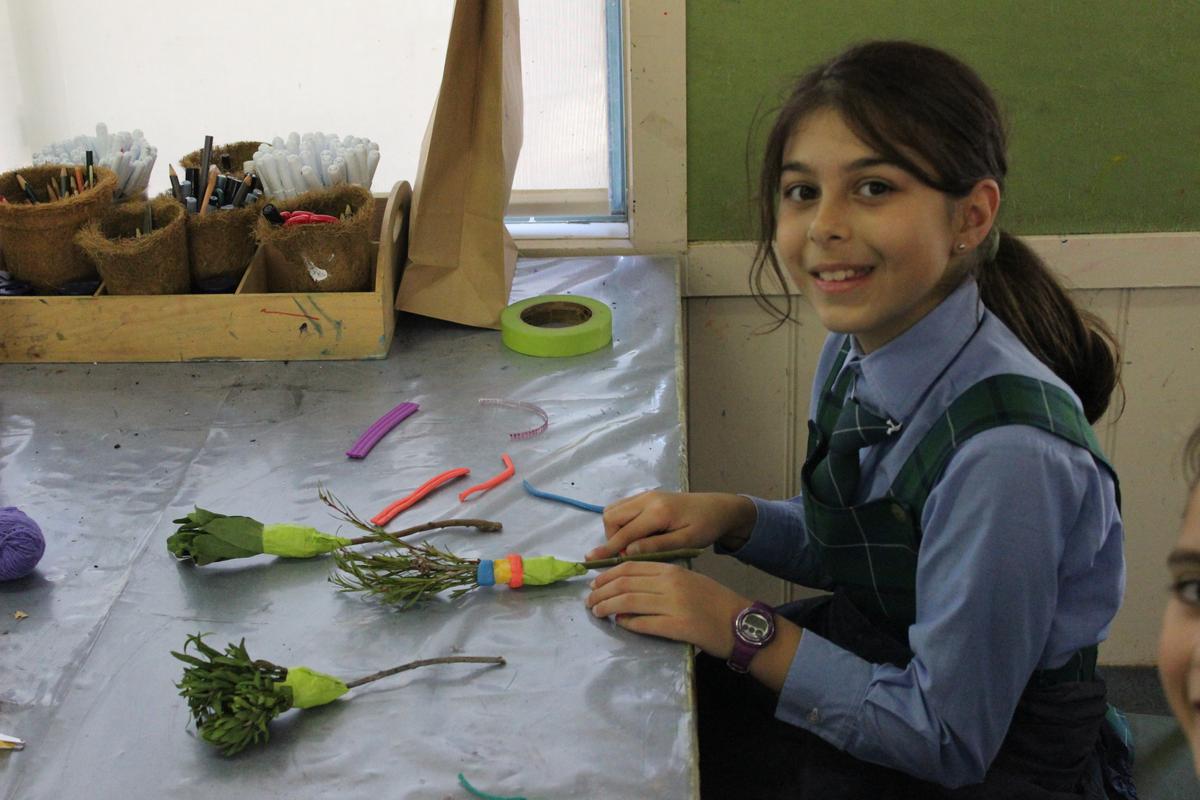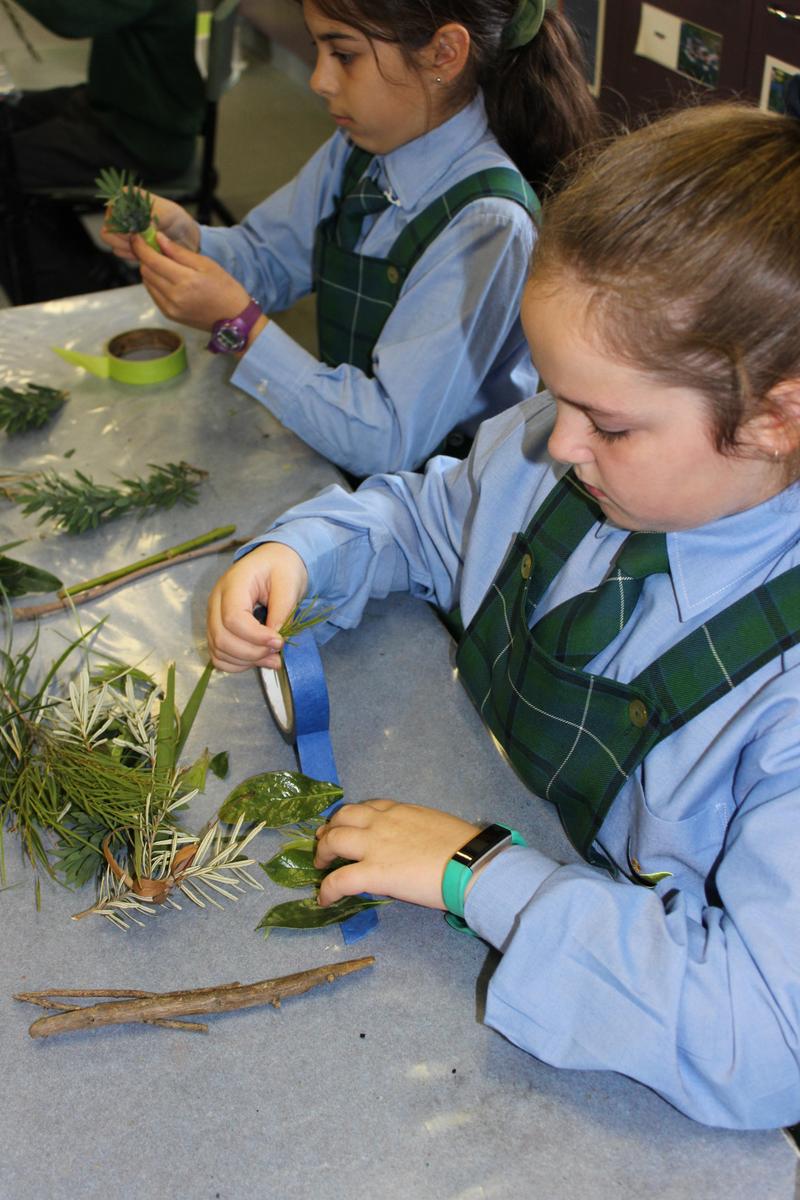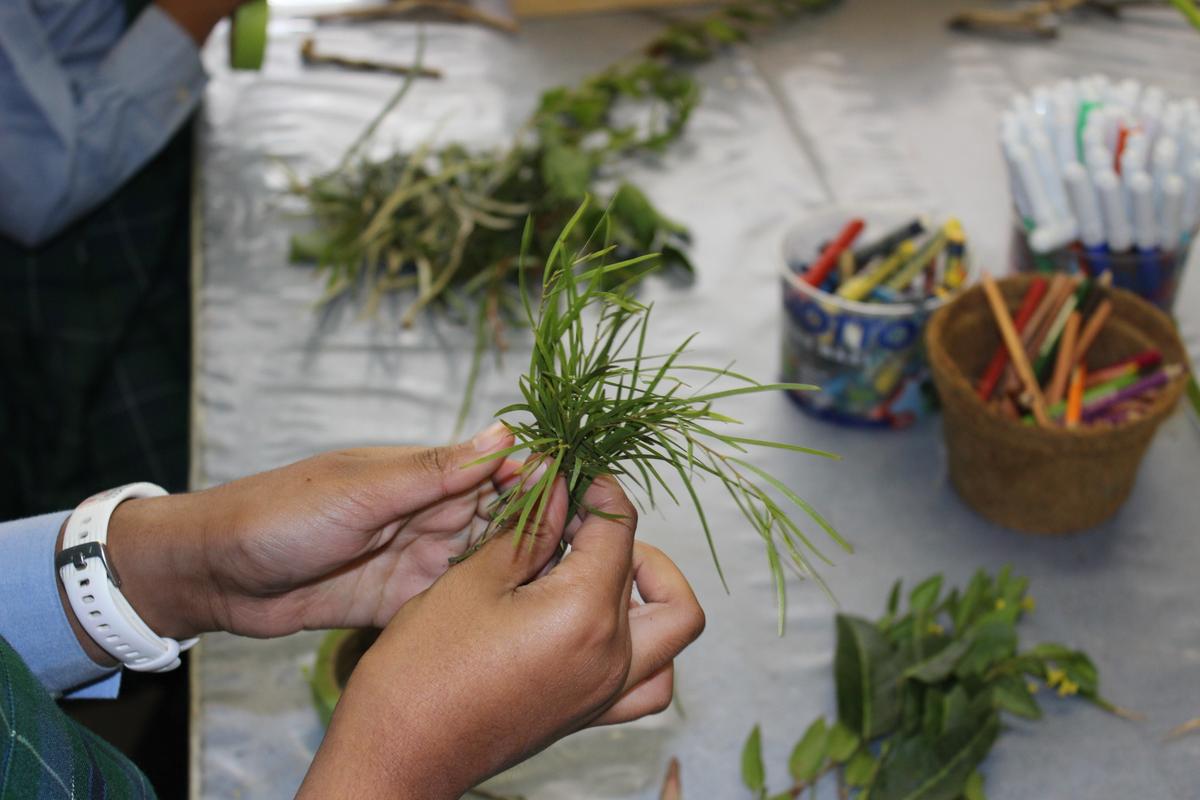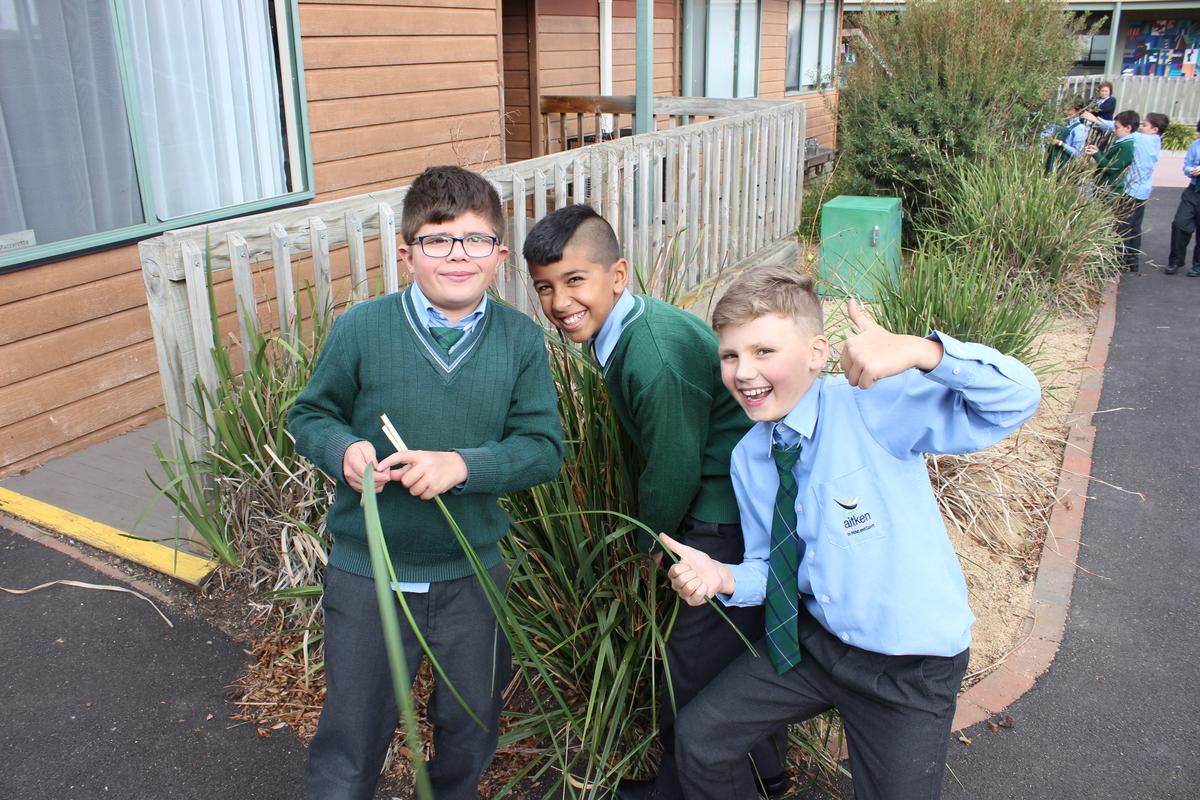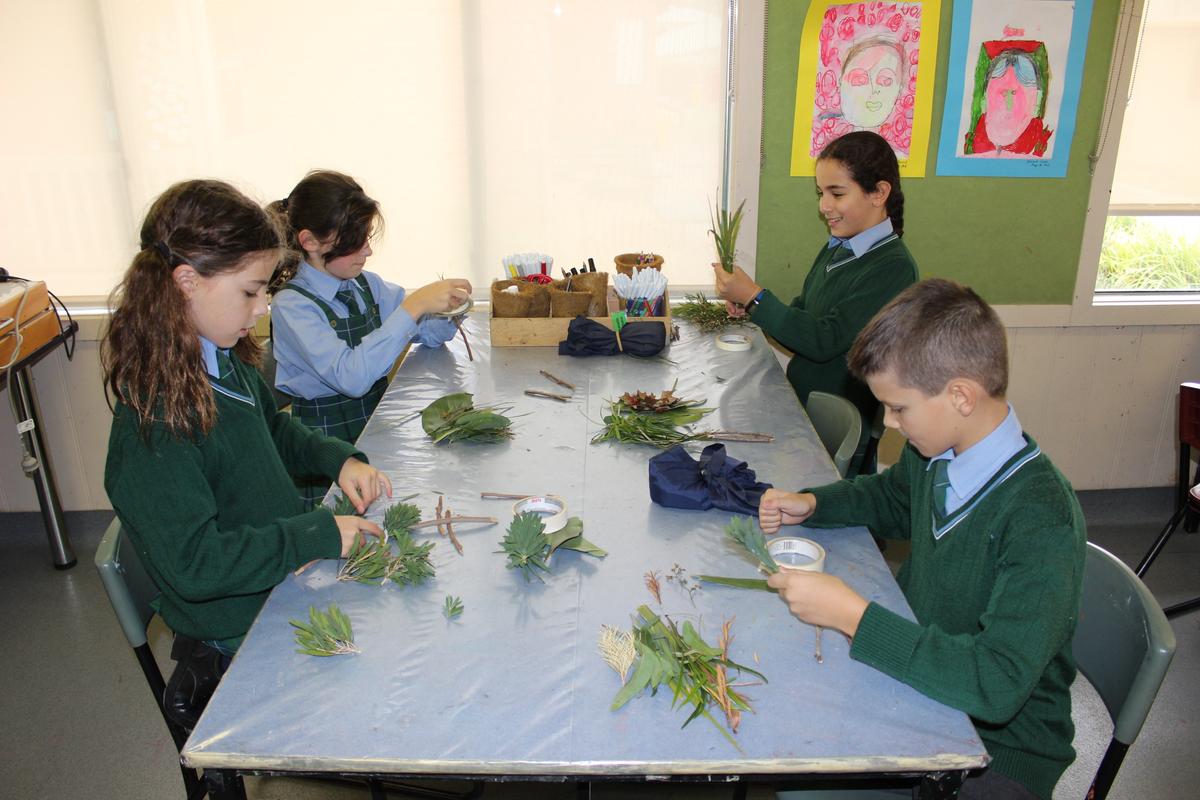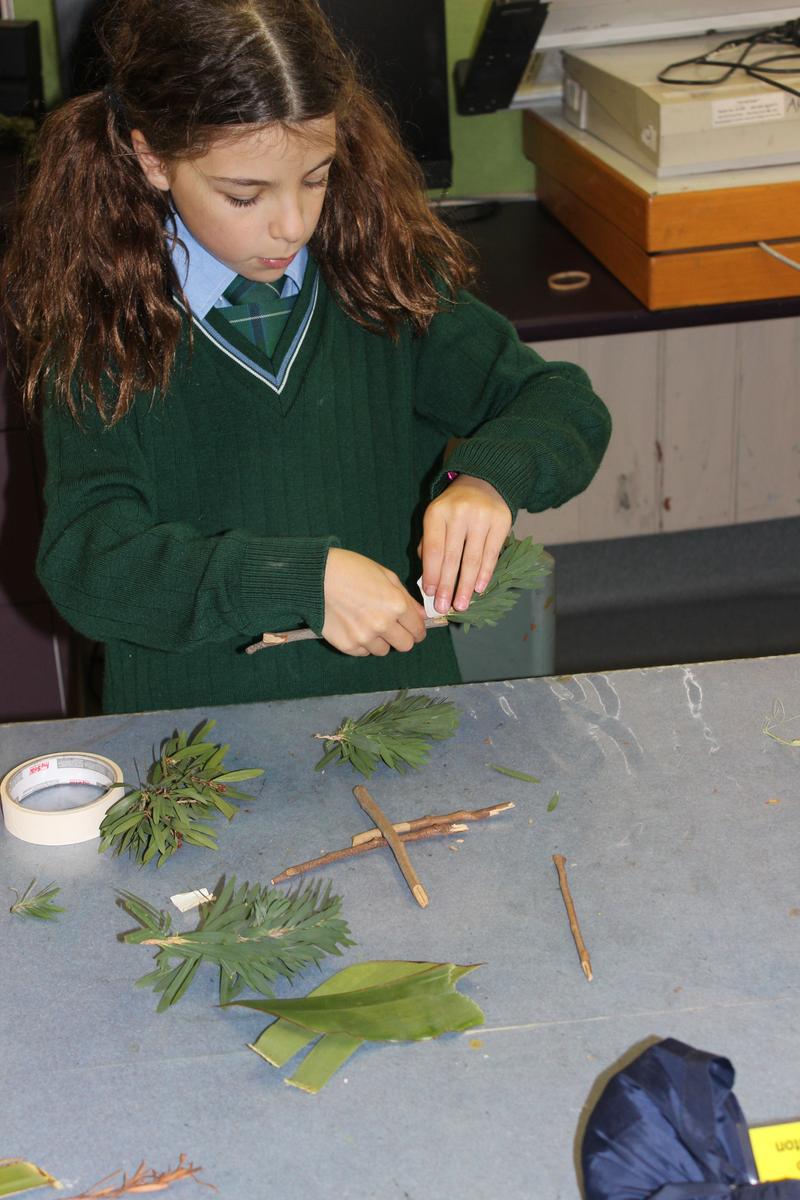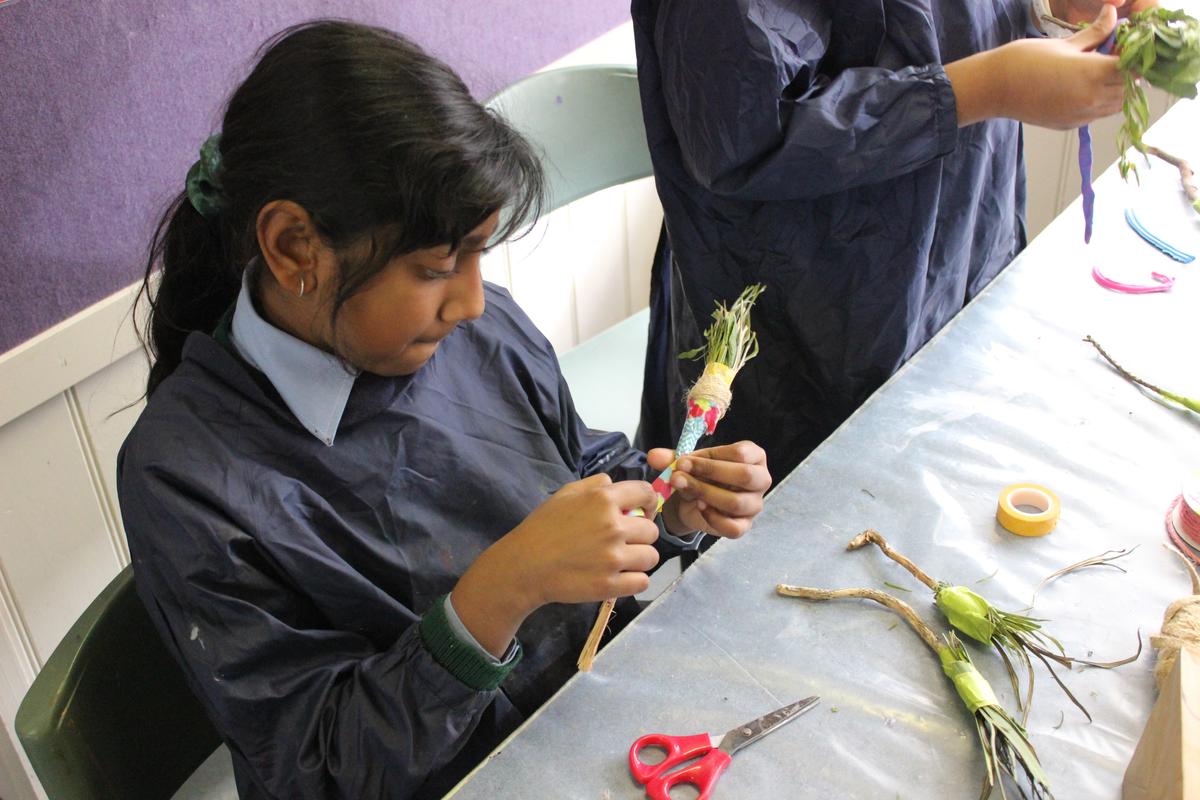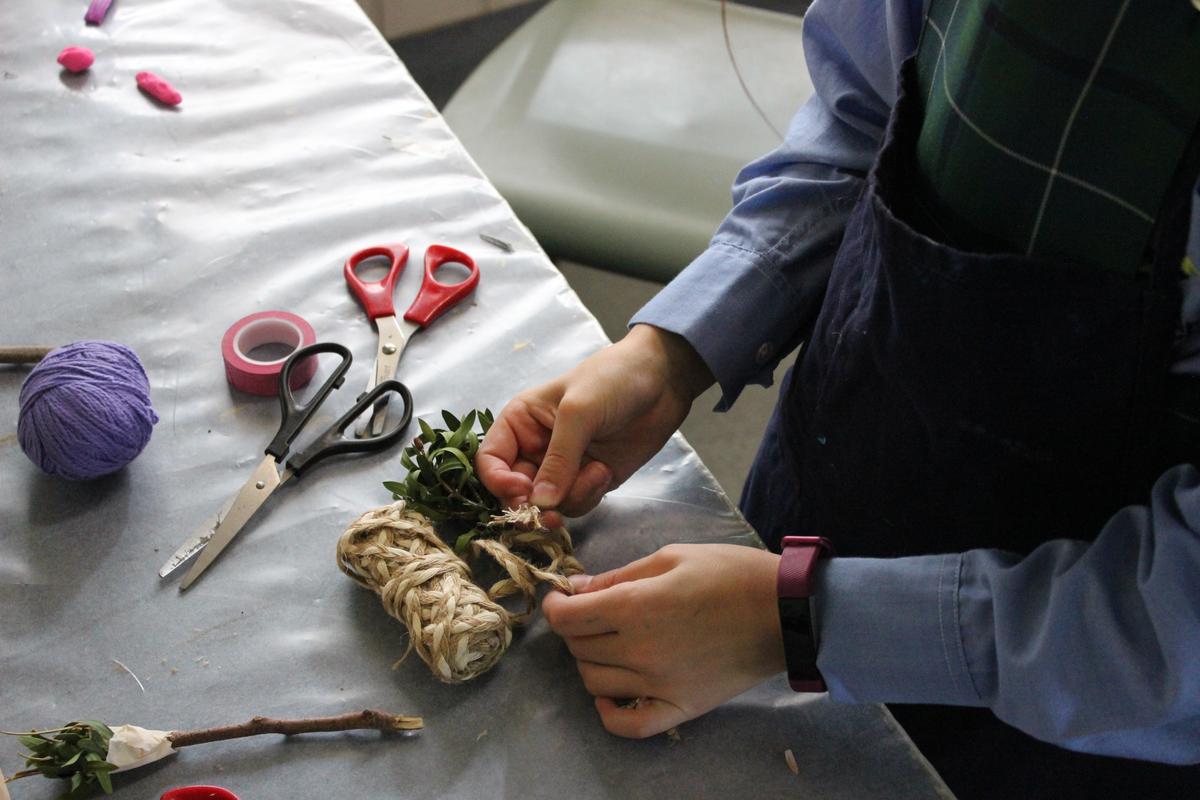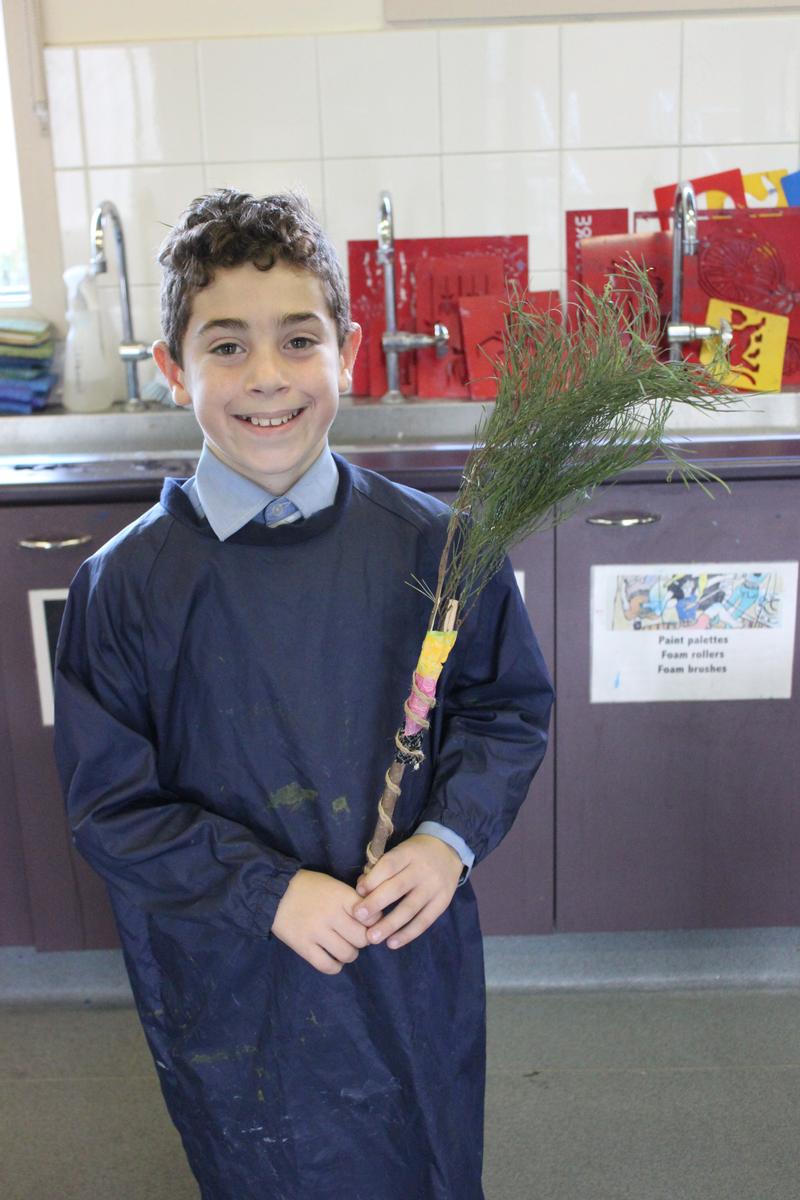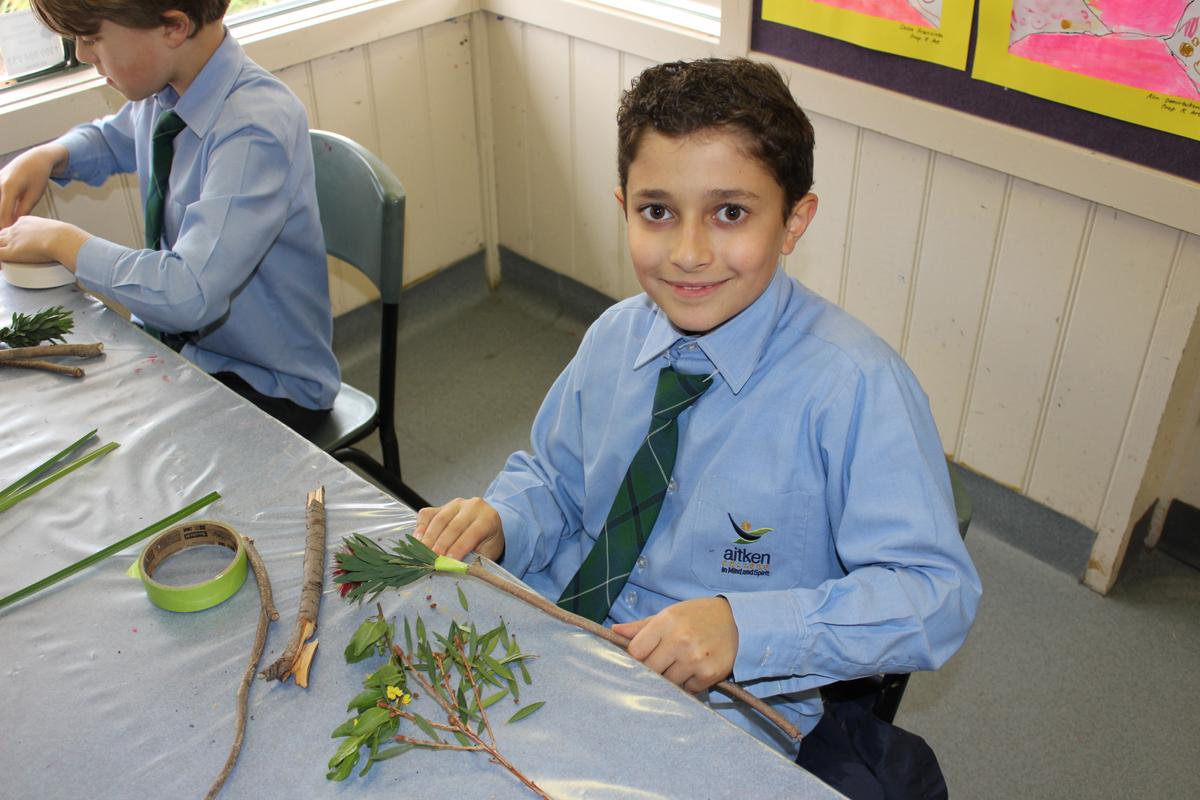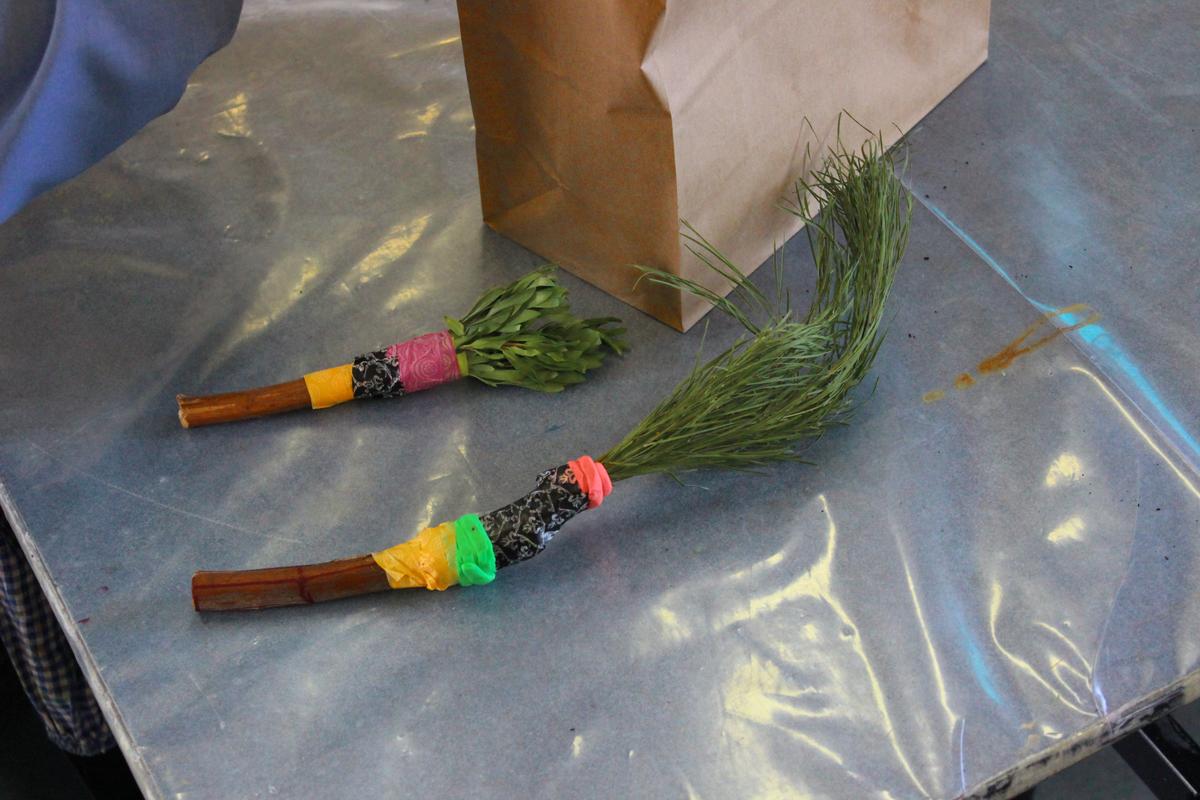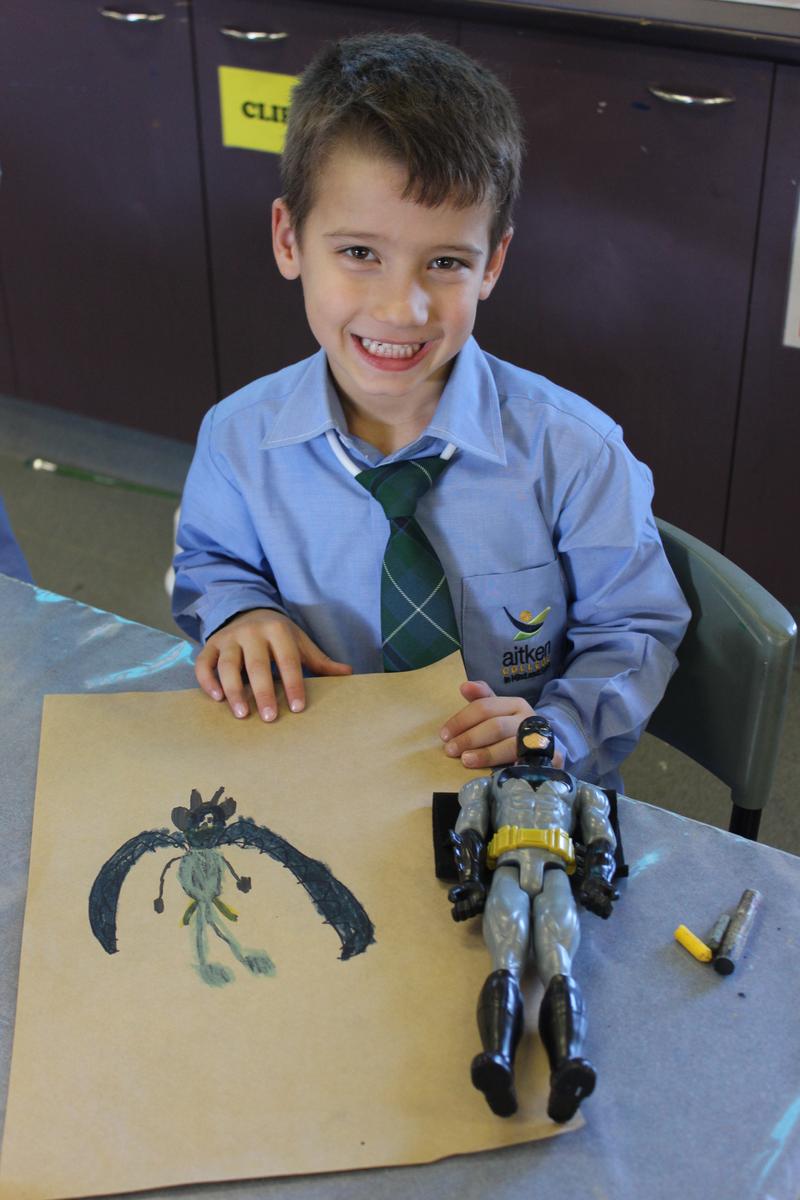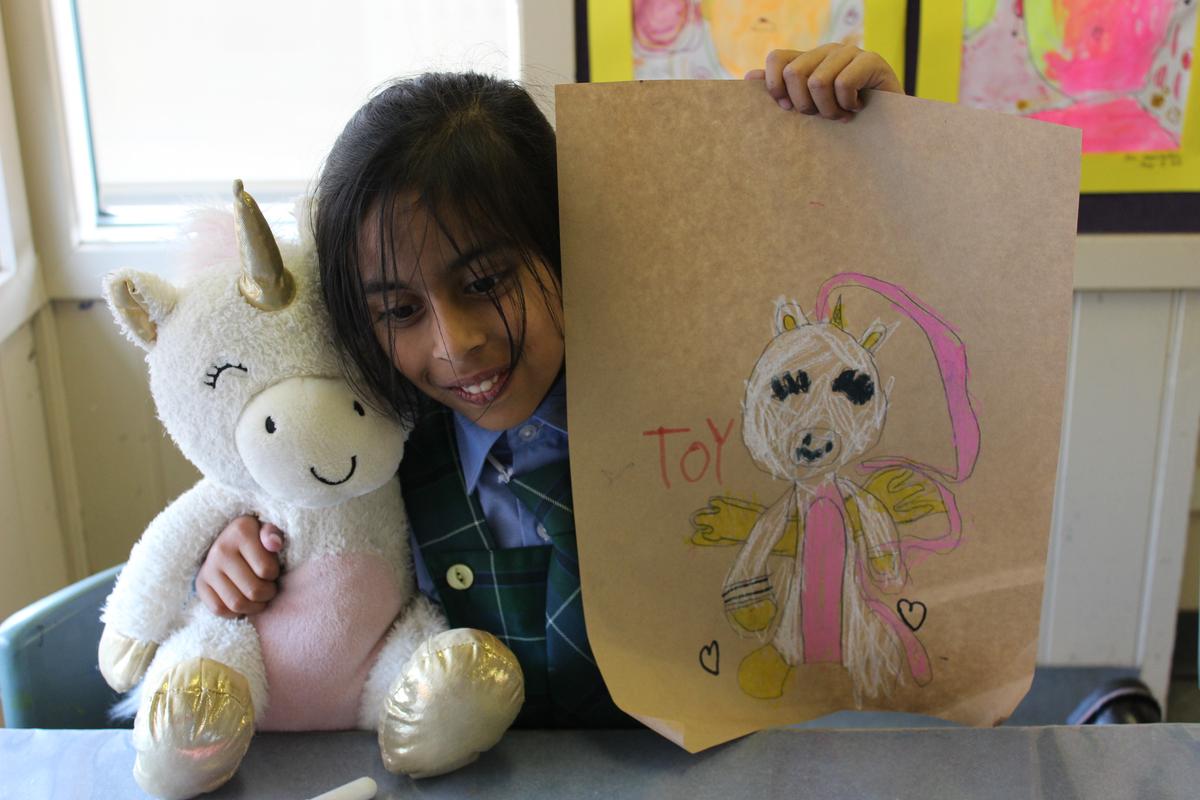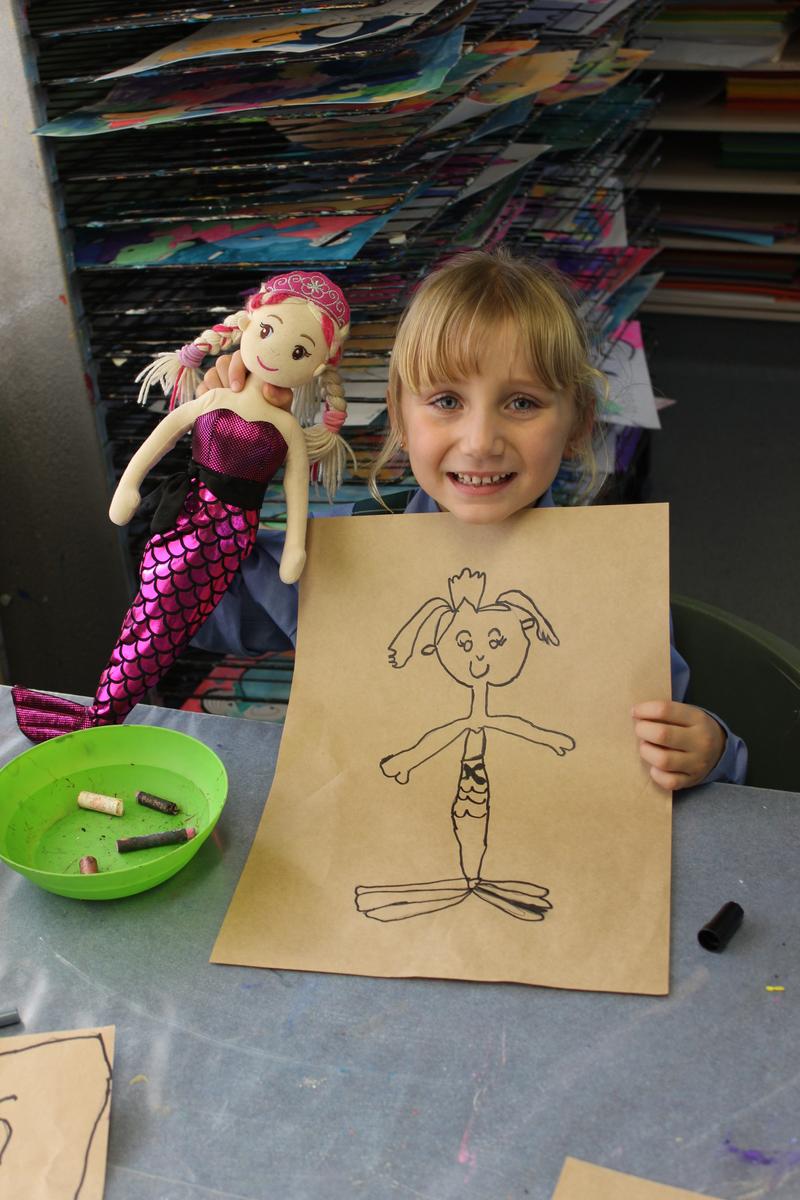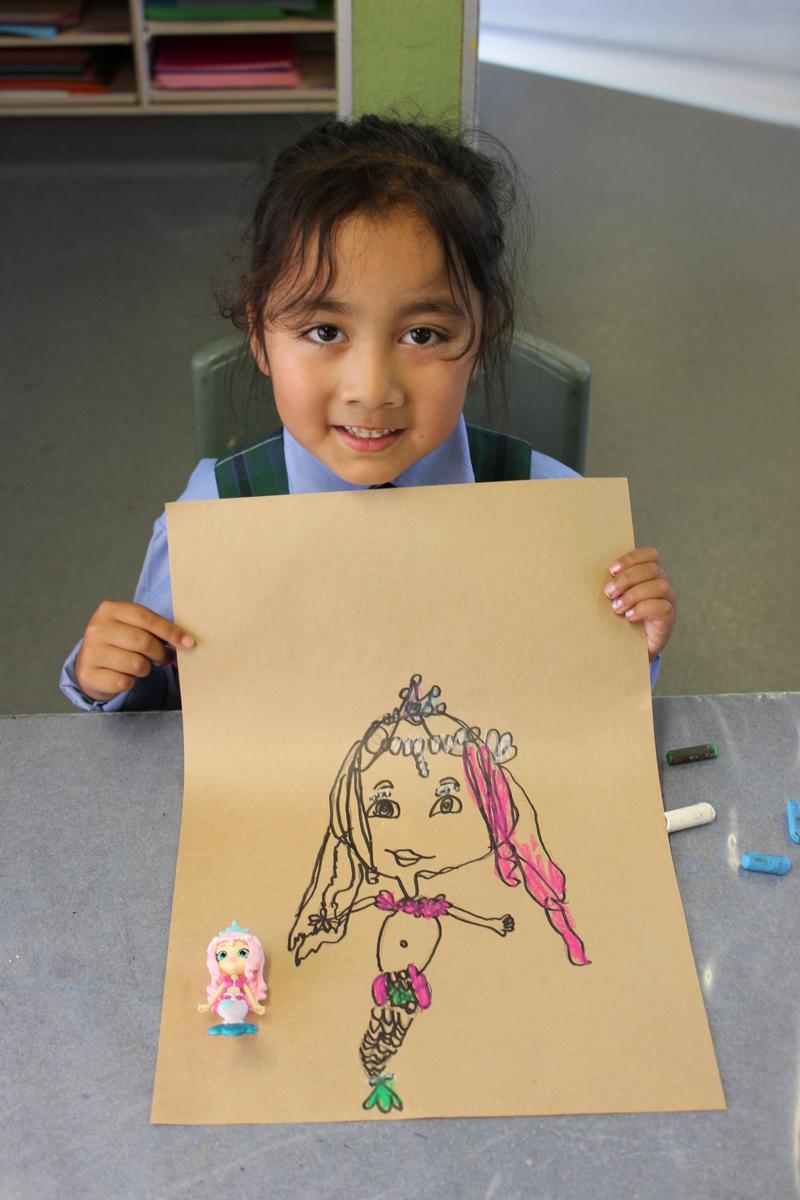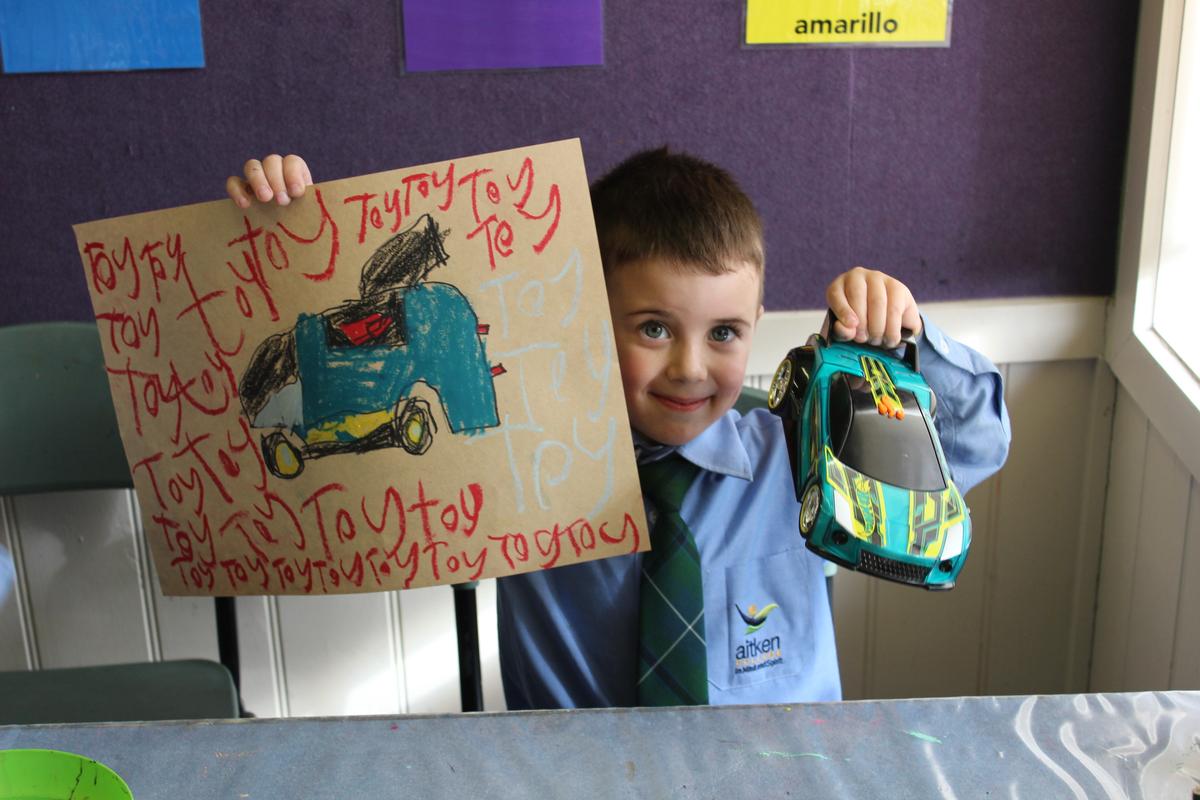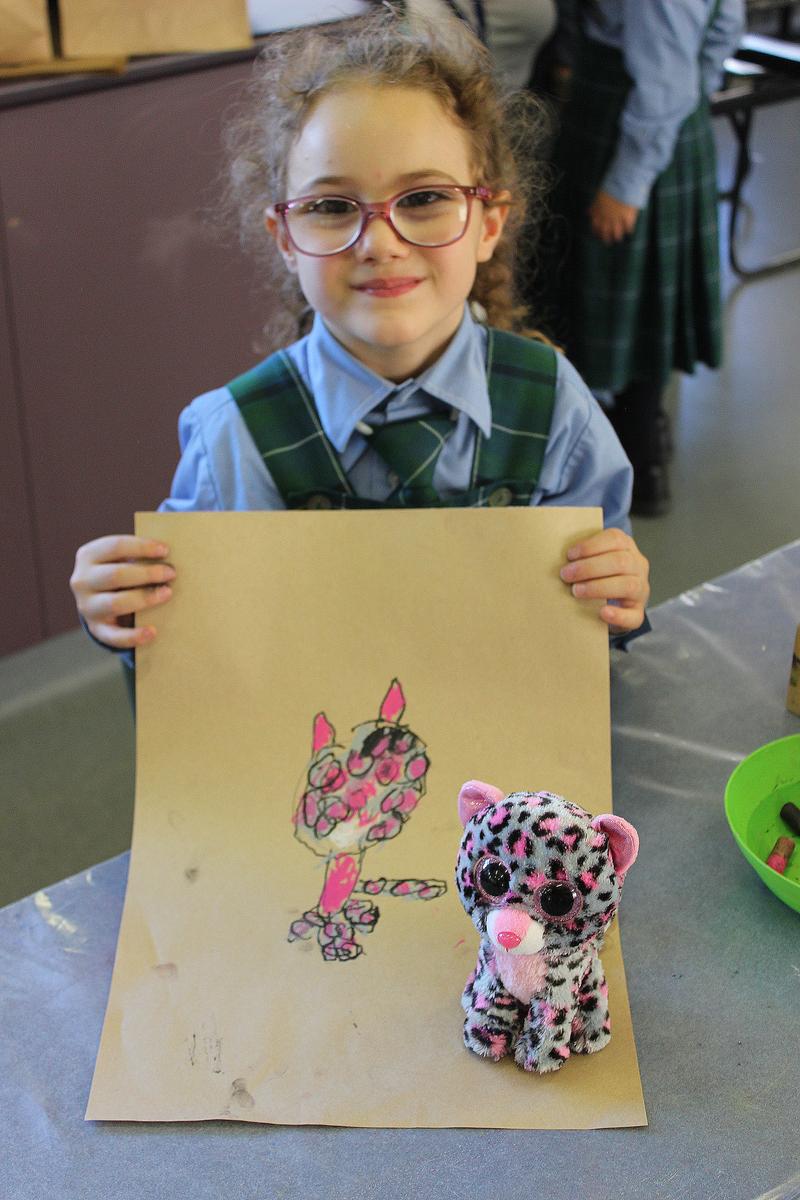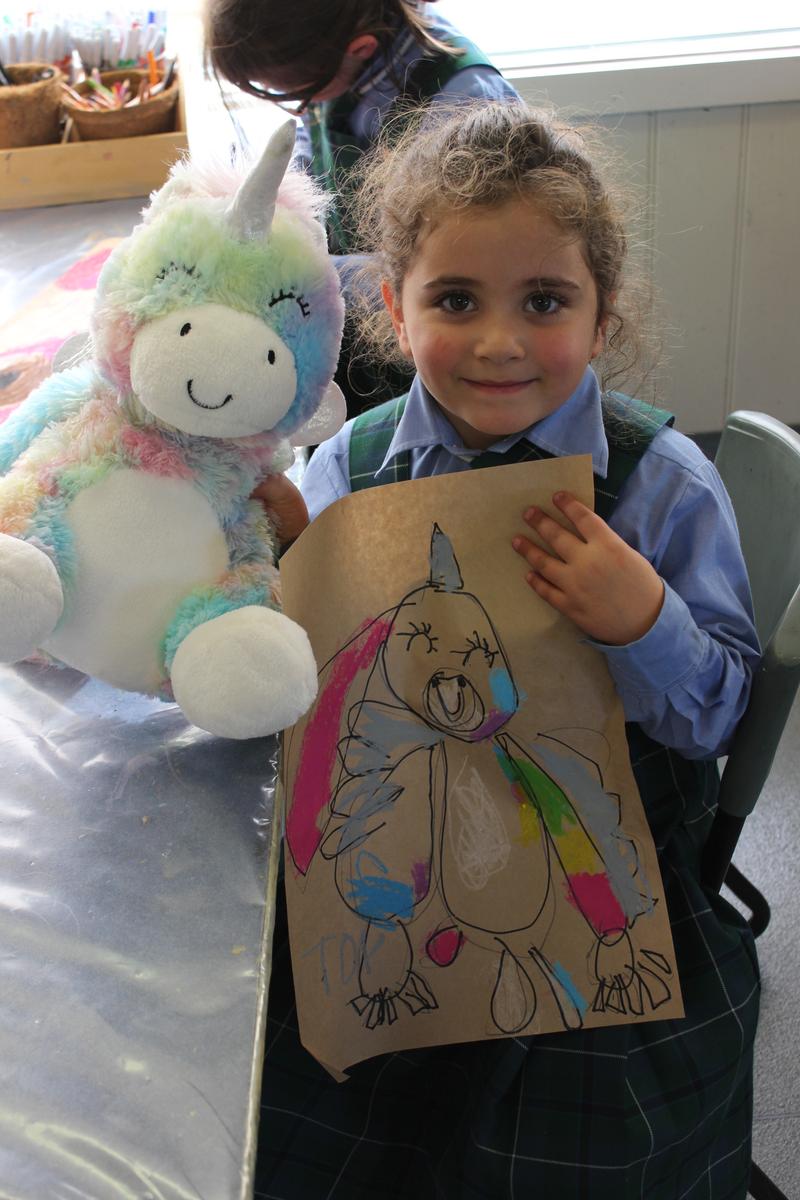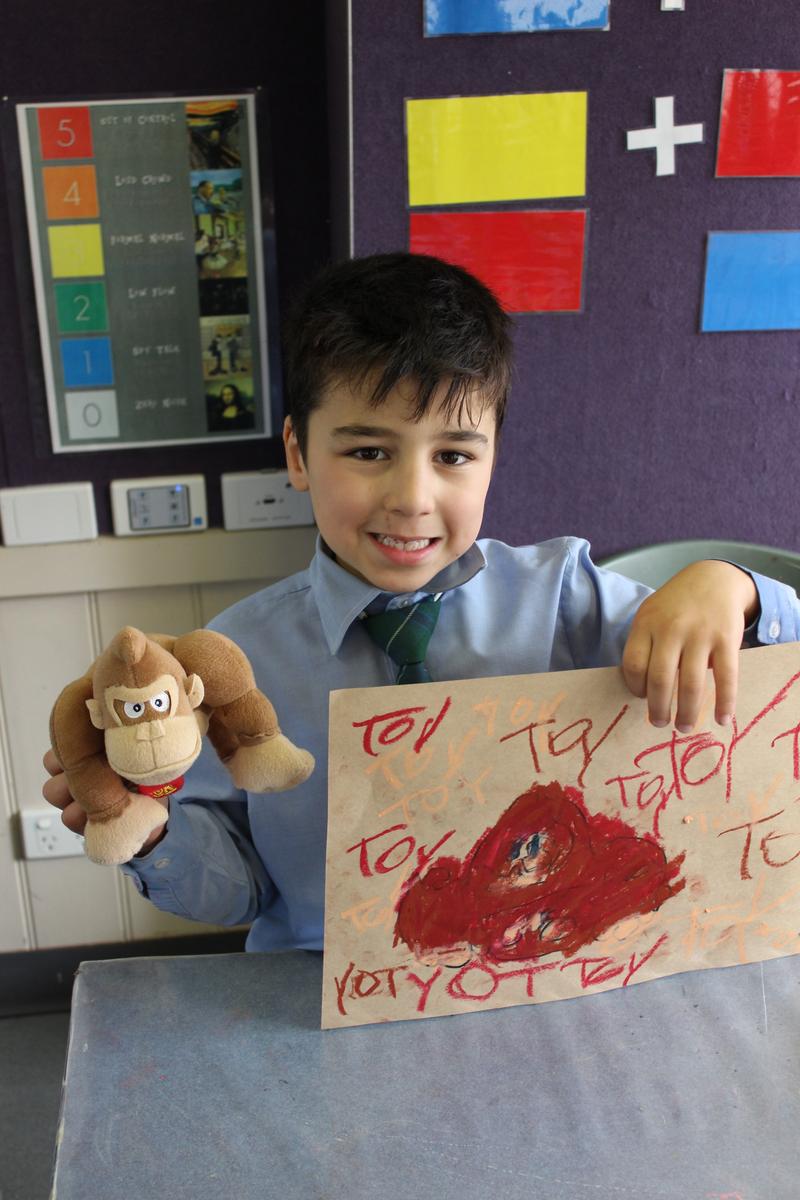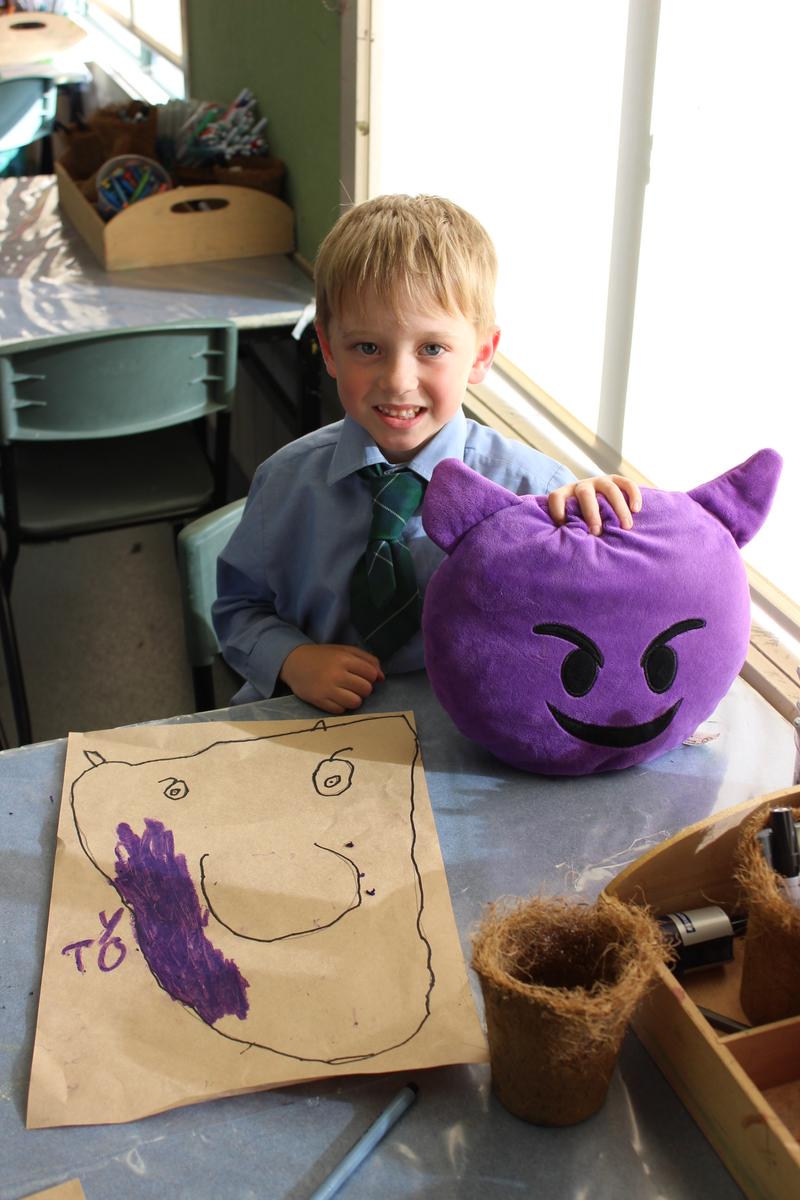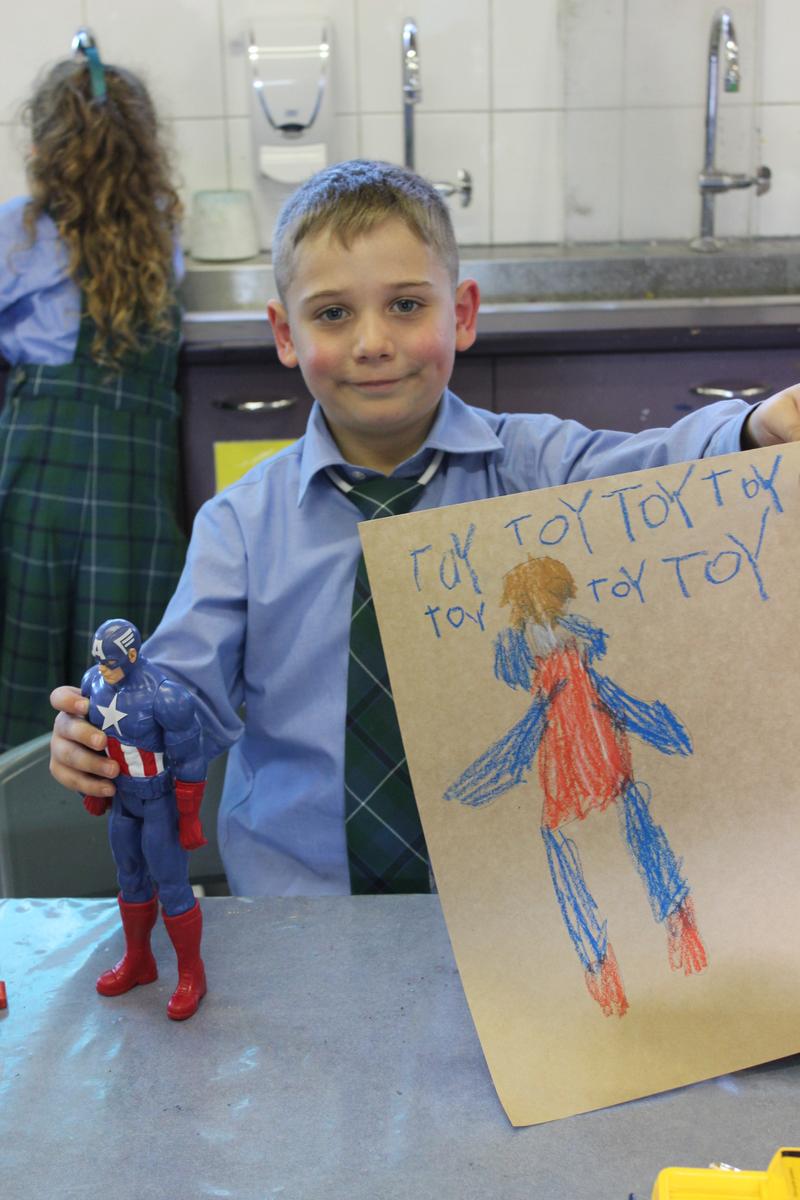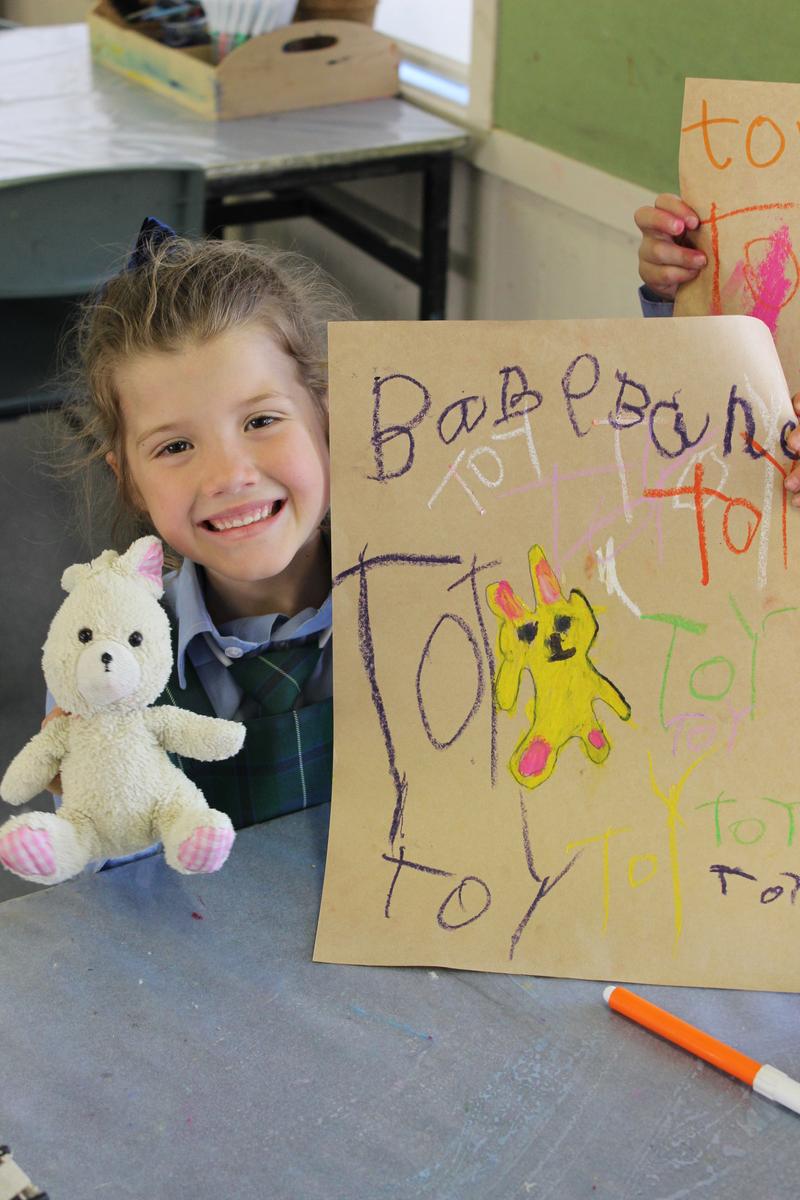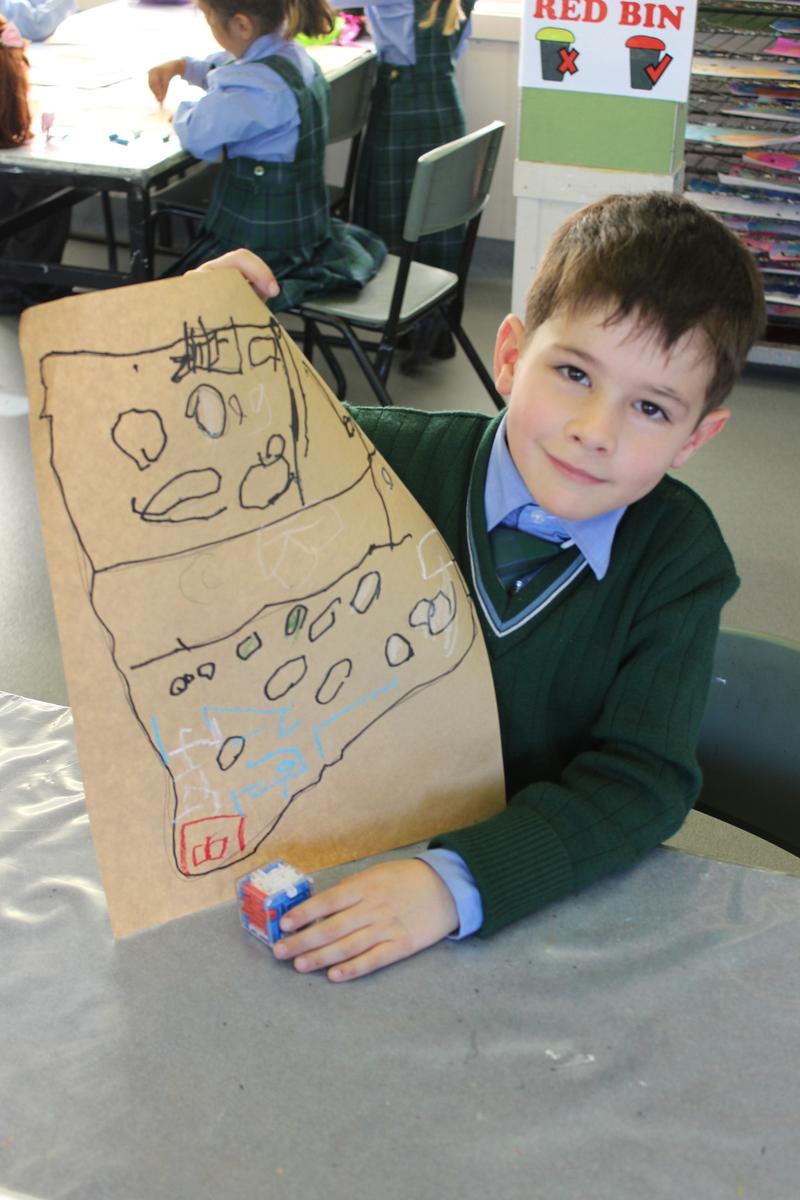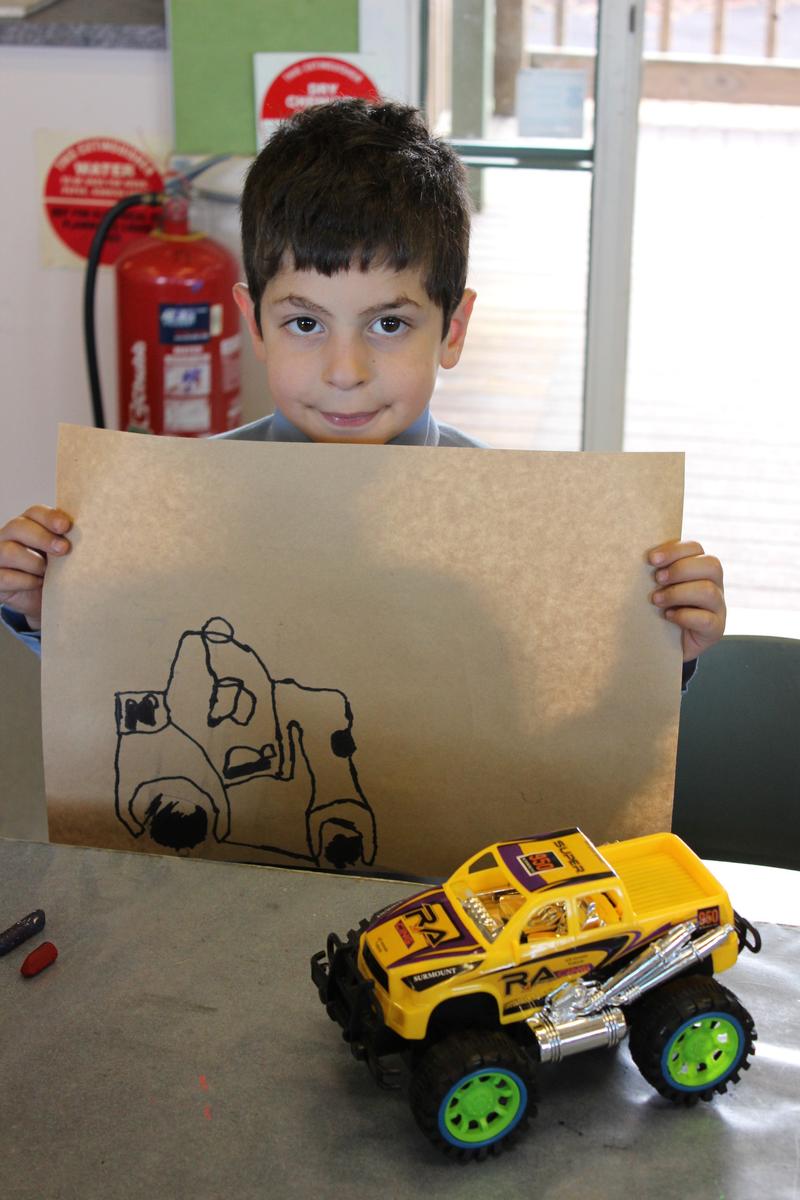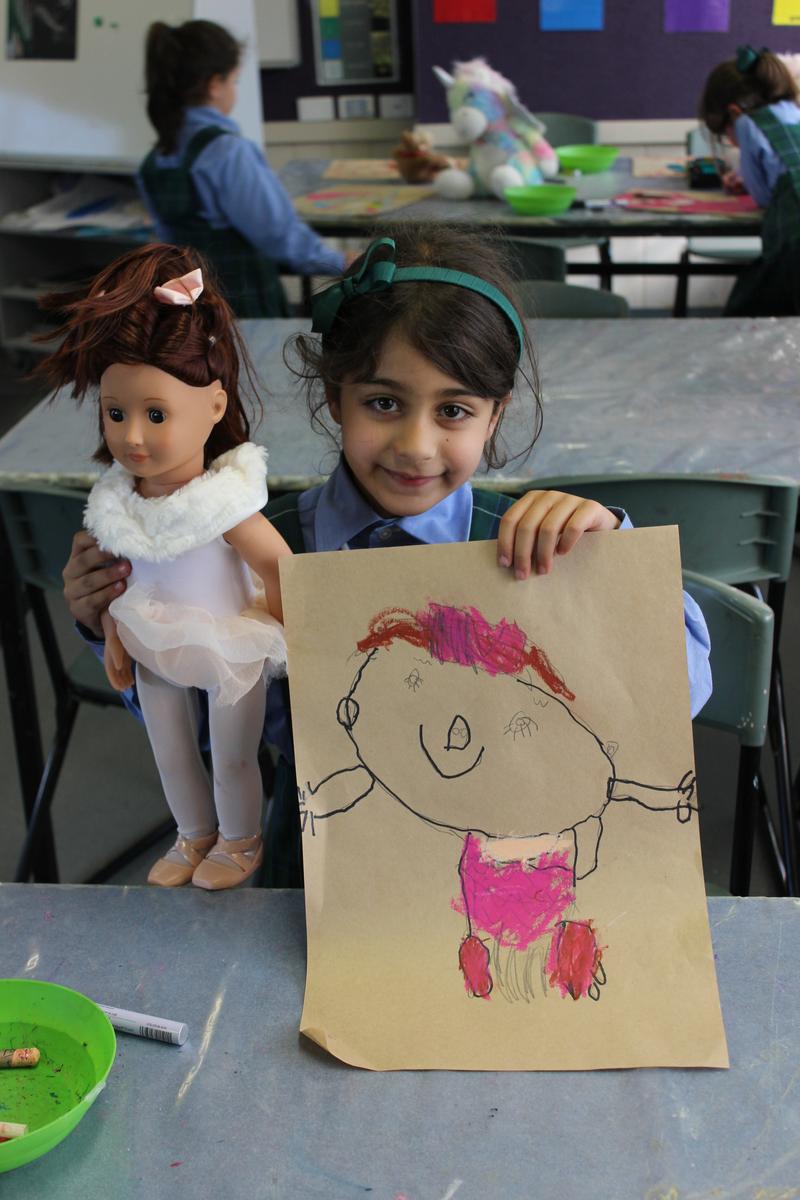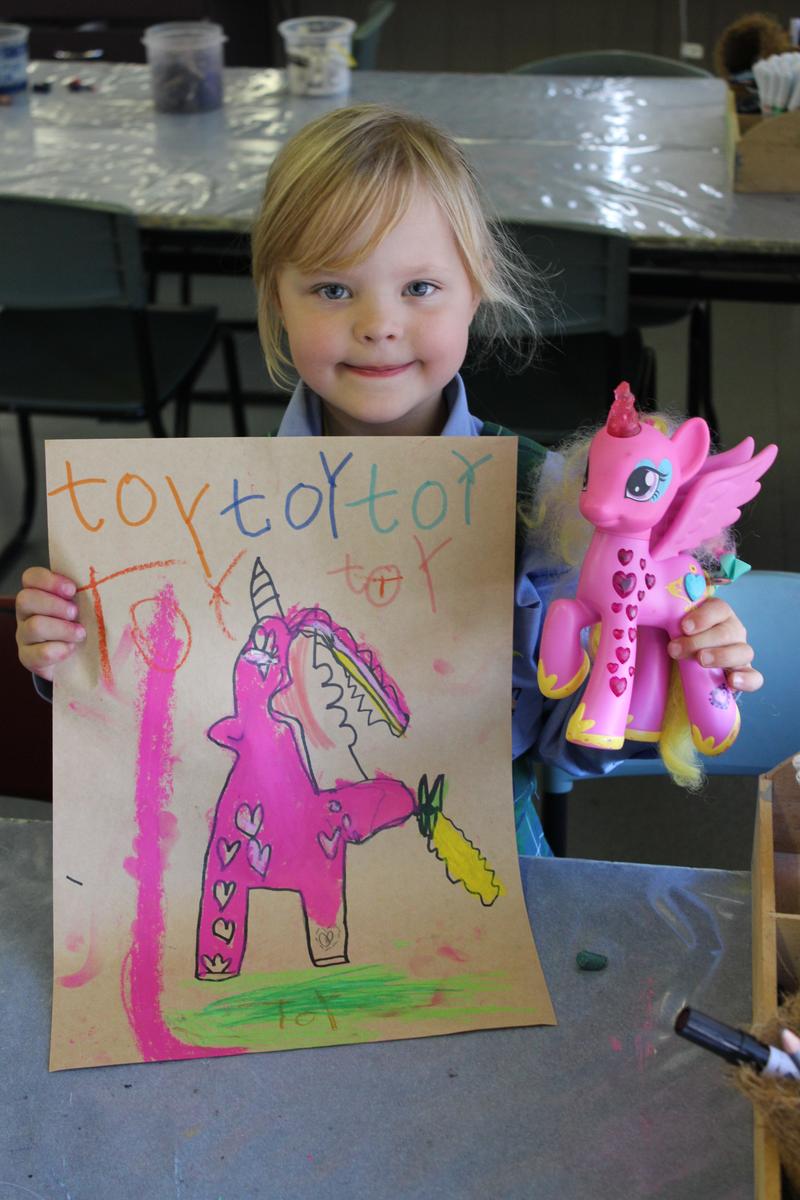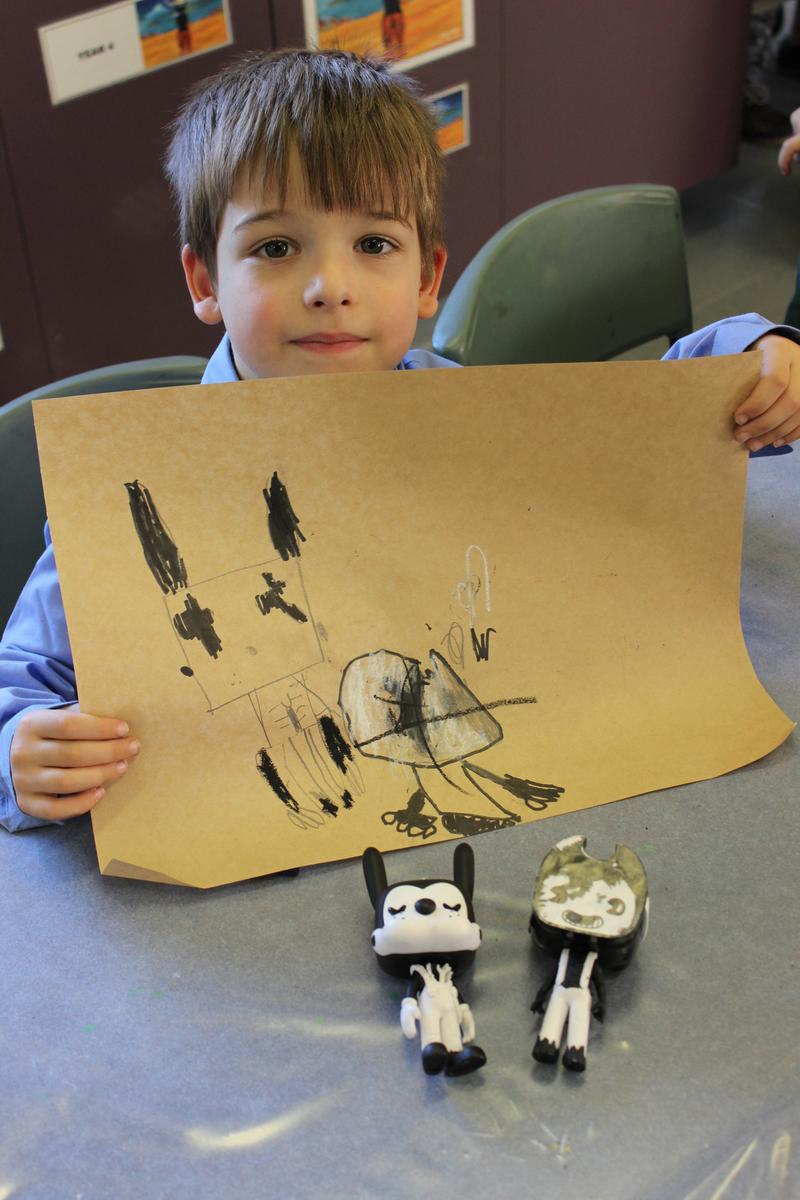Visual Arts

Play and Creativity
I read an article recently that highlighted the importance of play and creativity; a study that linked problem solving skills, co-operation, resilience and independence to such endeavours. Art ‘play’ is indeed driven by a questioning mind, a mind that builds upon knowledge and applies it in various ways. Children are curious. They enjoy tactile experiences, the ‘science’ of making slime for example; its various colour and glitter combinations can be found in endless YouTube clips, the ones that result in dashes to buy Elmar’s activator, borax and glue for unsuspecting parents. I am guilty of this I am afraid but with every failed attempt my child documents outcomes, deals with disappointment and responds with determination. The learning occurs in both success and failure, the making, touching and experimenting that one day leads to (it is hoped) actual slime!
Year 4 Art
Within the walls of V1 (Primary Art room), students get excited and involved in their art and importantly, they develop dexterity, using their hands in new and challenging ways. The photos below are from Year 4 classes. The students made their own brushes from natural elements, binding them for strength. The handle needed to be comfortable and sturdy, the ‘bristles’ textured and layered. They fossicked for material both here and at home. These simple pieces are beautiful on their own; however, they are more complex when viewed as an entire unit. Choices are made while collecting, observing the characteristics, shape and textures in nature. Hand building skills are challenged during the three binding processes before any experimentation with mark making occurs. Students reflect on the past, a time when paint brushes were not manufactured yet art was produced; how paint was previously made, grinding stones, berries and clay.
The new-found fame of ‘Lego Masters’ is interesting from an Art Educator’s perspective. The show proves that good engineering mixed with creativity, an ability to think three-dimensionally and problem solving are in fact challenging. Shows like ‘Ace of Cakes’ or ‘Extreme Cake Makers’ are as much, if not more about the design and sculptural form than about the filling. In Primary Art, Ms Mazzarotta teaches students how to manipulate mediums for intended purpose/affect. Hand modelling, joining and building skills are introduced, challenging fine motor skill, control and accuracy. These skills can later be applied in many fields. I would certainly want my surgeon to be able to see the details, to be very stable, precise, stoic when faced with adversity, my dentist careful and accurate, my hairdresser too. Fine motor skills improve with practice. It is hoped both students and parents alike support activities that foster engagement in the development of a young child’s dexterity. The more they use their hands the better.
Prep Art
The Preps have recently created colourful drawings of their favourite toy, bought in from home. We thank parents for their help in supporting the arts program and it was wonderful to see the kids really focused, intent on capturing their toys features. Observational skill is difficult but as you will see, the results are charming.
Keep an eye out for these artworks, on display in October, during the Festival of the Arts week.
Mrs Linda Camilleri
Head of Faculty Visual Arts

